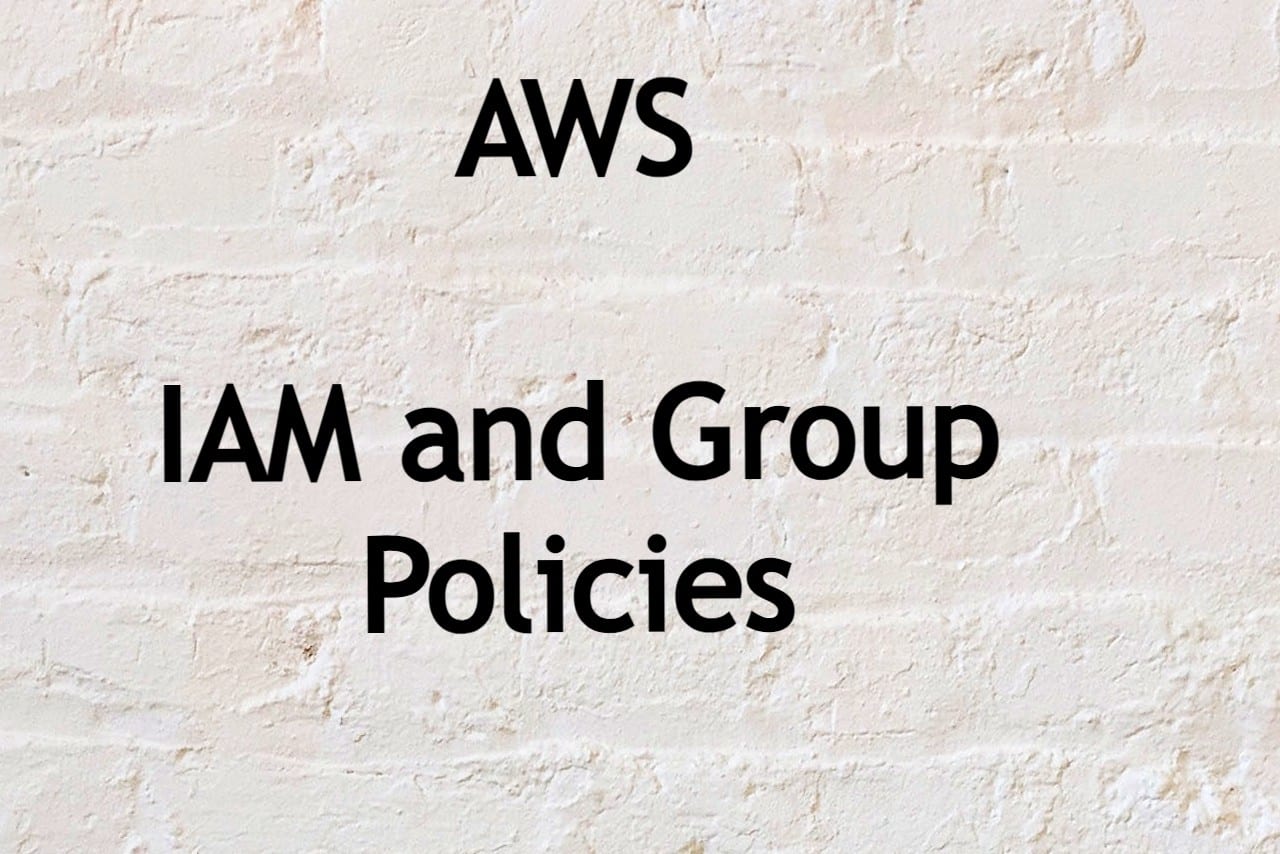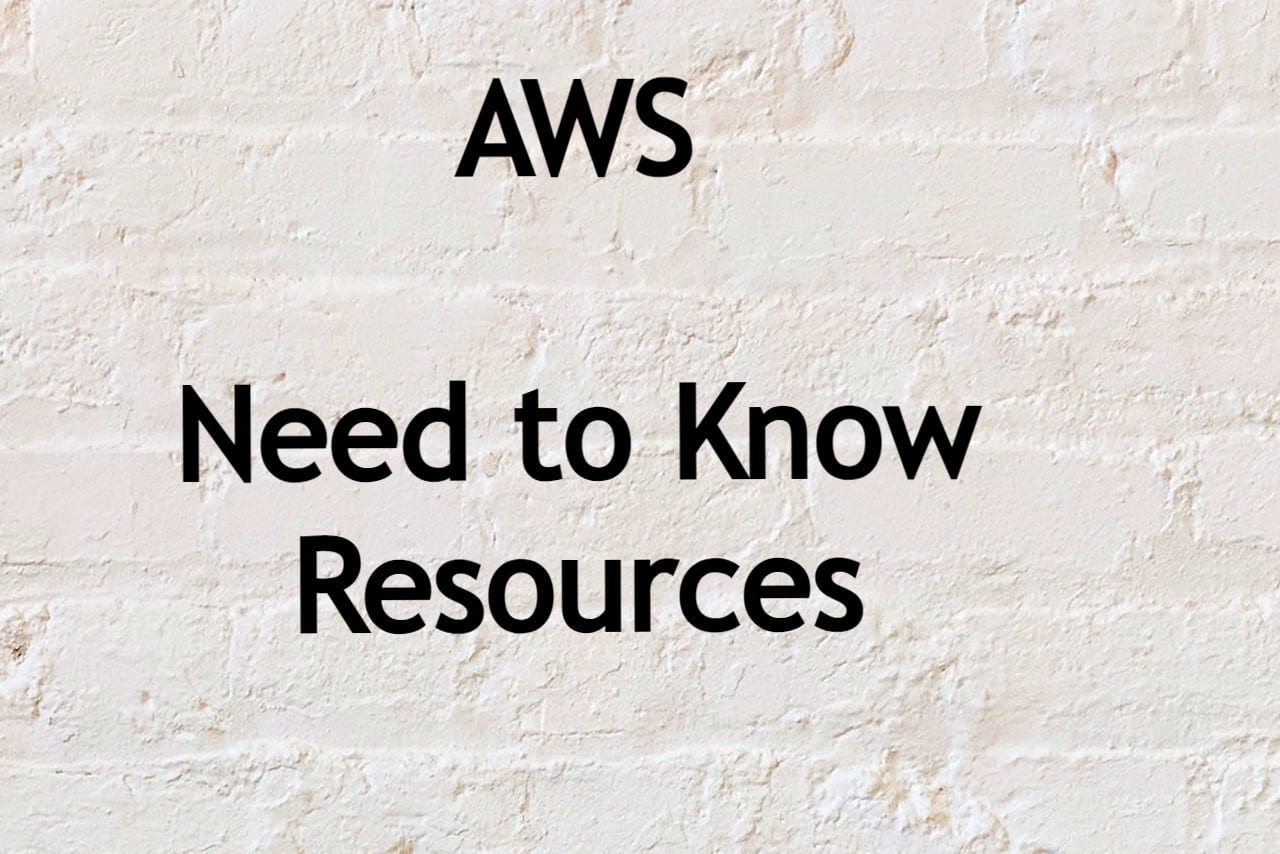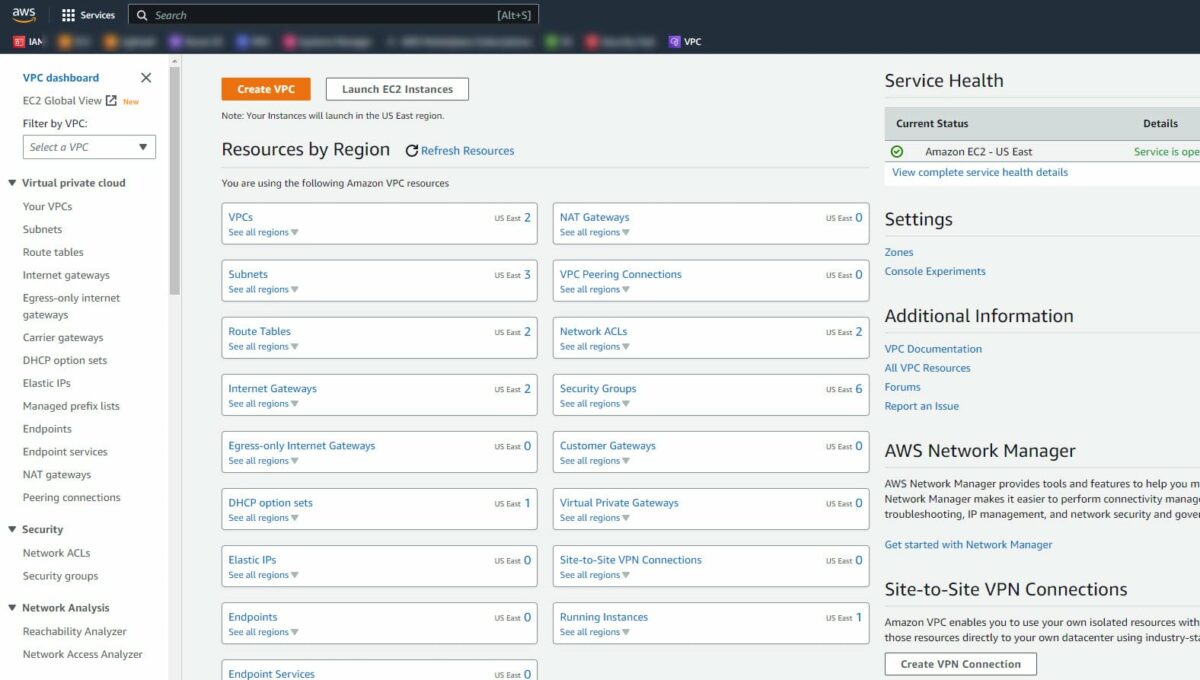
Amazon Web Services (AWS) is a collection of remote computing services (also called web services) that make up a cloud computing platform, offered by Amazon.com. These services operate from 12 geographical regions across the world. The most central and well-known of these services are Amazon Elastic Compute Cloud and Amazon S3. AWS has grown significantly since it began in 2006, and now offers a wide range of services and resources that can be used to build, deploy, and run a wide range of applications and systems.
AWS provides a wide variety of services and resources that can be used to build, deploy, and run a wide range of applications and systems. These services are designed to be highly scalable, reliable, and secure, making it easy to build and run applications that can handle large amounts of traffic and data. By understanding the capabilities and features of these services, you can make the most of the AWS platform to build powerful and resilient systems.
In this article, we will be exploring the top 10 most valuable and useful services and resources provided by AWS and how they can be used to build powerful and resilient systems.
1. Amazon Elastic Compute Cloud (EC2) – This is the core service of AWS that provides resizable compute capacity in the cloud. With EC2, you can launch virtual servers, configure security and networking, and manage storage. EC2 allows you to scale your computing resources up or down depending on the demands of your application.
2. Amazon Simple Storage Service (S3) – S3 is a simple storage service that offers industry-leading scalability, data availability, security, and performance. With S3, you can store and retrieve any amount of data, at any time, from anywhere on the web. It is widely used to store and distribute data, including media files, backups, and application data.
3. Amazon Relational Database Service (RDS) – RDS is a fully-managed relational database service that makes it easy to set up, operate, and scale a relational database in the cloud. With RDS, you can choose from a variety of database engines, including MySQL, PostgreSQL, and Oracle, and easily configure your database with just a few clicks.
4. Amazon Elastic Block Store (EBS) – EBS is a block-level storage service for Amazon EC2 instances. It allows you to create storage volumes that can be attached to EC2 instances and used as raw block devices. EBS volumes can be used to store data that requires frequent and granular updates, such as databases and file systems.
5. Amazon Elastic File System (EFS) – EFS is a file-level storage service for Amazon EC2 instances. It allows you to create file systems that can be accessed by multiple EC2 instances simultaneously, making it easy to share data between instances. EFS can be used to store data that requires low-latency access and high throughput, such as media files, backups, and application data.
6. Amazon CloudFront – CloudFront is a content delivery network (CDN) service that speeds up the delivery of your static and dynamic web content, including HTML, CSS, JavaScript, and images. With CloudFront, you can distribute your content globally, ensuring that users can access your content quickly and with low latency.
7. Amazon Elastic Container Service (ECS) – ECS is a fully-managed container orchestration service that makes it easy to run and scale containerized applications. With ECS, you can deploy and manage Docker containers on a cluster of EC2 instances, and easily scale your application based on demand.
8. Amazon Elastic Container Registry (ECR) – ECR is a fully-managed container registry service that makes it easy to store, manage, and deploy your container images. With ECR, you can store and manage your container images in a private repository, and easily deploy them to ECS or other services.
9. AWS Lambda – AWS Lambda is a serverless compute service that runs your code in response to events and automatically manages the underlying compute resources for you. With Lambda, you can build event-driven applications that automatically respond to changes in your data, such as new files in S3, new records in DynamoDB, or new messages in SQS.
10. Amazon CloudWatch – CloudWatch is a monitoring service for AWS resources and the applications you run on AWS. With CloudWatch, you can collect and track metrics, collect and monitor log files, and set alarms. CloudWatch can be used to track key performance metrics such as CPU and memory usage and take automated actions in response to changes in your environment.
These are some of the most popular and useful services that AWS has to offer, and they can be used in a wide range of applications and scenarios. For example, you can use EC2 to run a web application or a big data processing pipeline, S3 to store and distribute large amounts of data, RDS to run a relational database, EBS to store data that requires frequent updates, EFS to share data between instances, CloudFront to speed up the delivery of web content, ECS to run and scale containerized applications, ECR to store and manage container images, Lambda to build event-driven applications, and CloudWatch to monitor and troubleshoot your resources and applications.
It is also important to mention that all these services can be integrated and used together to build more complex and powerful systems, for example, you can use S3 to store your data, EBS to store your database, and EFS to share files between EC2 instances.
AWS is constantly adding new services and updating existing ones, which means that the number of available services and resources is likely to continue growing in the future.


